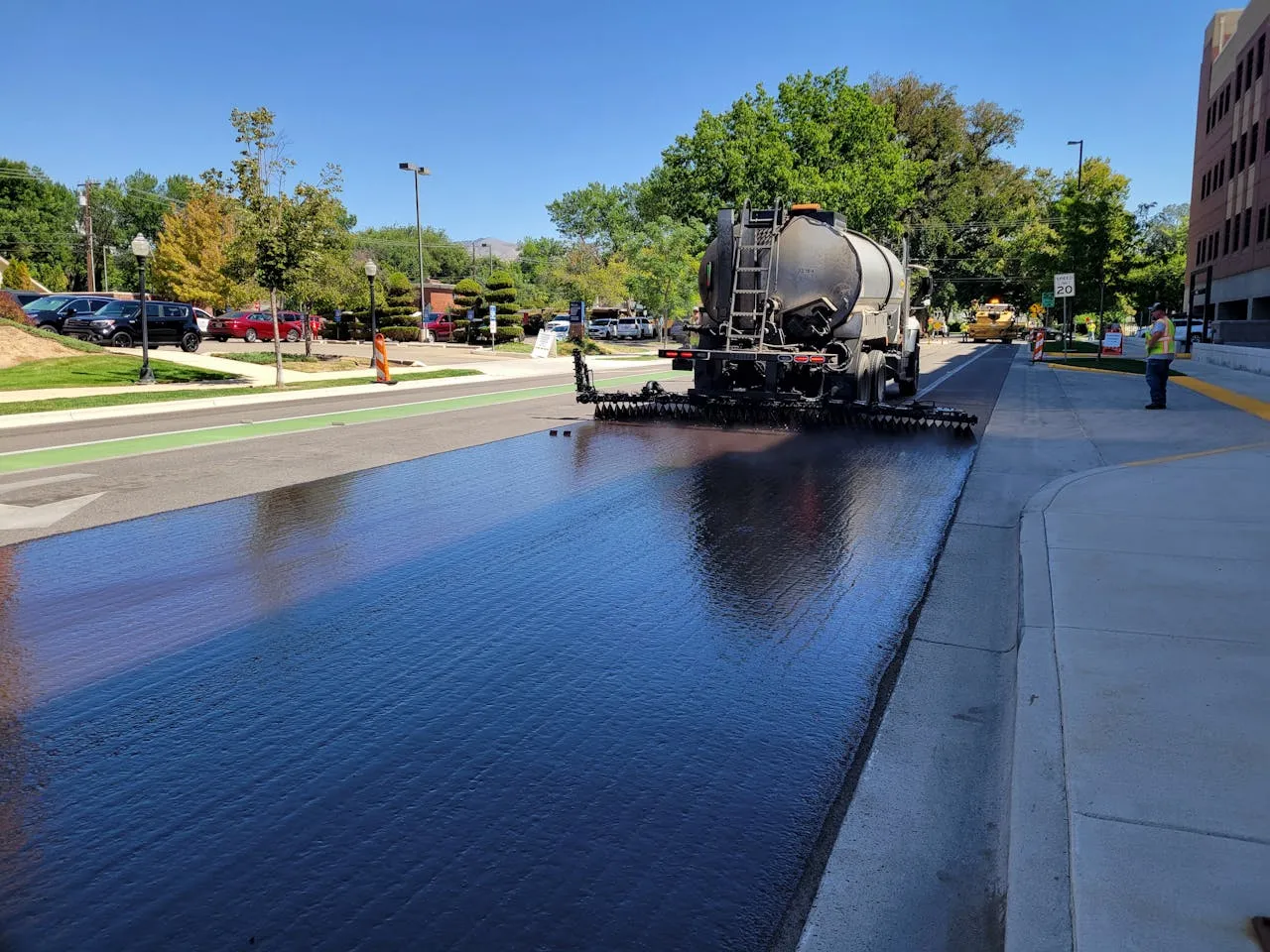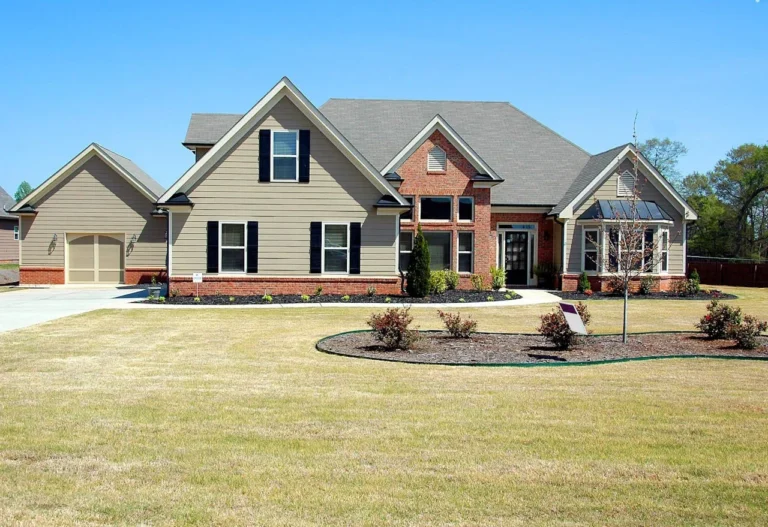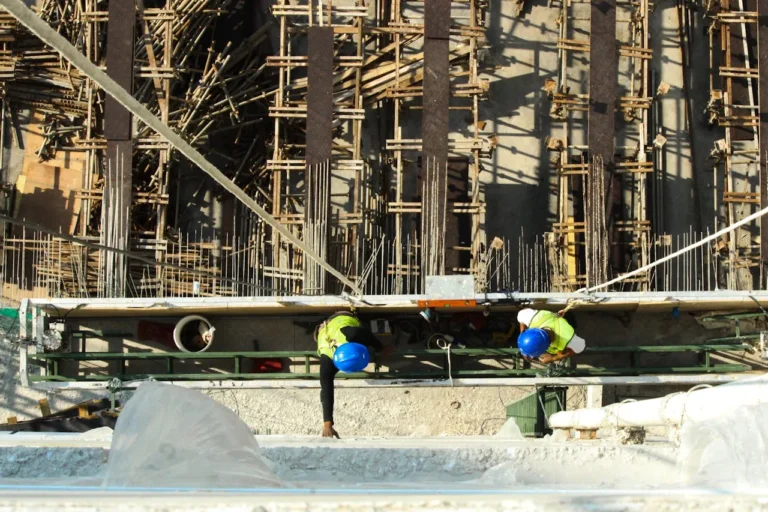
A More Sustainable and Quieter A10 East: How Fibre-Reinforced Asphalt Is Changing Road Construction
The A10 East motorway between Watergraafsmeer and Amstel has recently undergone a major upgrade. Beyond the visible improvements—replacing joints, renewing guardrails, and resurfacing the lanes—this project marks a milestone in sustainable infrastructure. The new asphalt laid on this stretch of road isn’t the traditional polymer-based type used for decades. Instead, it features an innovative fibre-reinforced mix that offers environmental, technical, and practical advantages. Marco Oosterveld from BAM Infra Nederland explains how this breakthrough material is reshaping the future of road construction.
A Strong Partnership Driving Innovation
The success of the A10 East upgrade is the result of a close collaboration between BAM Infra Nederland and Rijkswaterstaat, the Dutch national authority responsible for the design, construction, management, and maintenance of the main infrastructure facilities.
Marco Oosterveld leads a team of knowledge specialists at BAM Infra Nederland. His group focuses on applying advanced engineering methods and sustainable materials to complex road projects. He describes the working relationship with Rijkswaterstaat as “intensive and equal,” emphasizing the open exchange of expertise that characterizes their partnership.
“We’re obviously the contractor,” says Oosterveld, “but the relationship often feels more like a partnership. Rijkswaterstaat’s technical expertise allows us to have substantive discussions, which is crucial in developing more sustainable solutions for asphalt. We challenge each other to think ahead—and that’s how real progress happens.”
This collaborative mindset provided the foundation for experimenting with and implementing the new fibre-based asphalt mix—an important step toward reducing environmental impact across the asphalt life cycle.
Why Replace Polymers with Fibres?
Traditional porous asphalt (ZOAB) surfaces are made from sand, fillers, and aggregates bound together with bitumen, a sticky petroleum product. To enhance durability, polymer additives have long been mixed with the bitumen, improving its elasticity and performance. However, this approach comes with drawbacks: polymer-modified bitumen is difficult to recycle, requires high processing temperatures, and results in higher CO₂ emissions during production.
The new asphalt on the A10 East eliminates these issues by replacing polymers with acrylic fibres—a solution inspired by high-performance materials used in aerospace and automotive engineering. Oosterveld explains
The result is a more durable surface that can be mixed at lower temperatures using standard bitumen. This not only saves energy but also simplifies the recycling process, supporting the circular economy goals that the Dutch infrastructure sector is pursuing.
Environmental and Practical Advantages
Lower production temperatures translate into tangible benefits. Less energy is required during asphalt manufacturing and installation, which reduces fuel consumption and greenhouse gas emissions. Additionally, because the mix uses conventional bitumen, the old asphalt can be more easily reused when future maintenance or reconstruction is needed.
The new mix also contributes to improved working conditions. Lower temperatures mean reduced fumes and heat exposure for road workers, creating a safer and more comfortable environment on-site.
From a performance standpoint, the fibre-reinforced ZOAB provides a quieter driving experience. The fine pores in the asphalt absorb sound more effectively, reducing tire noise—an important quality for roads that pass through urban areas such as Amsterdam’s ring road.
“It’s a win on all fronts,” Oosterveld says. “We’re extending the road’s lifespan, cutting emissions, improving recycling, and reducing noise pollution—all without sacrificing performance.”
A Glimpse into the Future of Road Construction
The A10 East project illustrates how innovation and collaboration can deliver measurable sustainability gains in road construction. Fibre-reinforced asphalt is still relatively new, but its success here opens the door for wider adoption across the Netherlands and beyond.
BAM Infra Nederland and Rijkswaterstaat plan to monitor the road’s performance closely over the coming years. The insights gained will inform future maintenance strategies and guide how fibre-based asphalt can be optimized for different types of roads and climates.
As the construction industry moves toward carbon neutrality and circular design, the A10 East serves as a powerful example of what’s possible when engineering excellence meets environmental responsibility. With each kilometre of smarter, quieter, and more sustainable road, the Netherlands continues to pave the way—literally—for the next generation of infrastructure.





